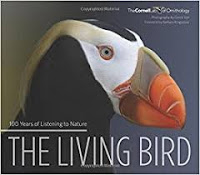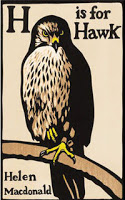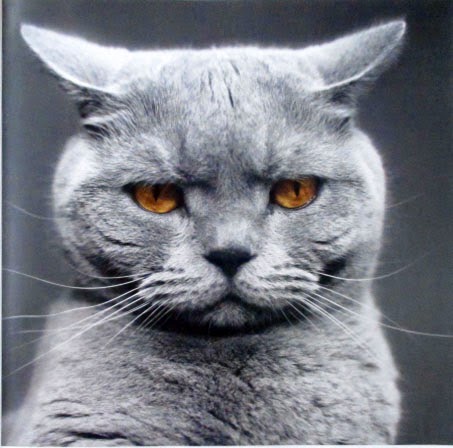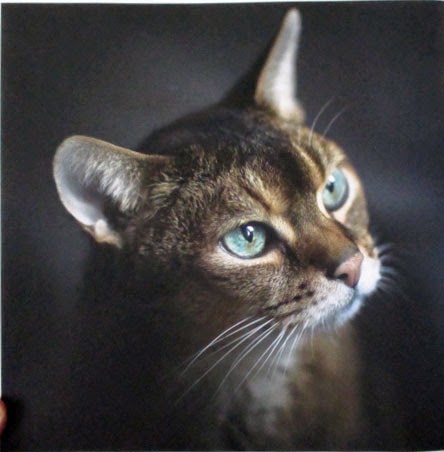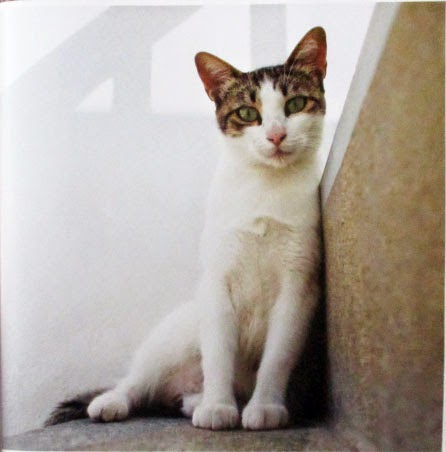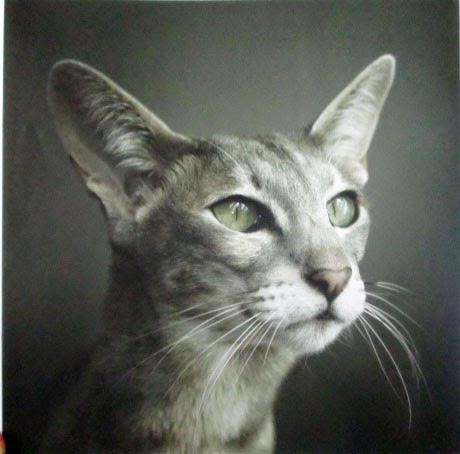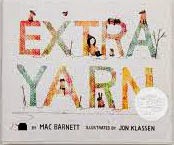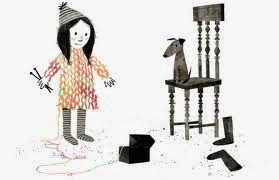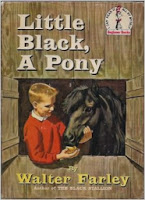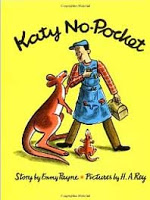100 Years of Listening to Nature
by the Cornell Lab of Ornithology
This book is just beautiful. It is a collection of essays on bird-watching, new discoveries science has made about birds, facts about their lives, movements and behavior, descriptions of their beauty, concerns about their future and what we can do about it. Heartening are the accounts of birds whose populations made remarkable recoveries once measures were taken to protect them: bald eagles, snowy egrets, wood ducks, peregrine falcons, trumpeter swans. I did not know the details about some that are currently in serious decline, especially ivory gulls and the florida grasshopper sparrow. I didn\’t realize that the spotted owl is being pushed out of its habitat by larger, more competitive barred owls. Some of the more intriguing facts I also learned: birds have a double-sided voicebox. So they can sing two notes simultaneously, so a bird can harmonize with itself. I never realized this before. I listen more closely now to the intricacies of their songs. Harris\’s hawks live in groups and hunt cooperatively, like a pack of wolves or a pride of lions! There\’s so much more in here.
The introduction is written by Barbara Kingsolver, about how she resisted the passion of her bird-watching parents as a teen, but came to love birds in her own way later on. Chapters about observing flamingos, visiting nesting colonies on remote islands, collecting the sounds of birds, and how studies of bird populations can alert us to serious problems in specific environments, are penned by John Fitzpatrick, Scott Weidensaul, Lyanda Lynn Haupt and Jared Diamond. There are also sections written by scientists in the field describing their work and their love of birds. And the photographs by Gerrit Vyn make this book something to pore over for days. They are absolutely stunning. I have never seen such precise, exquisite detail in bird photography before. The texture of the feathers is so clear, the details so sharp, I spent a lot of time just staring at the pictures.
Borrowed from the public library.
Rating: 5/5 208 pages, 2015
